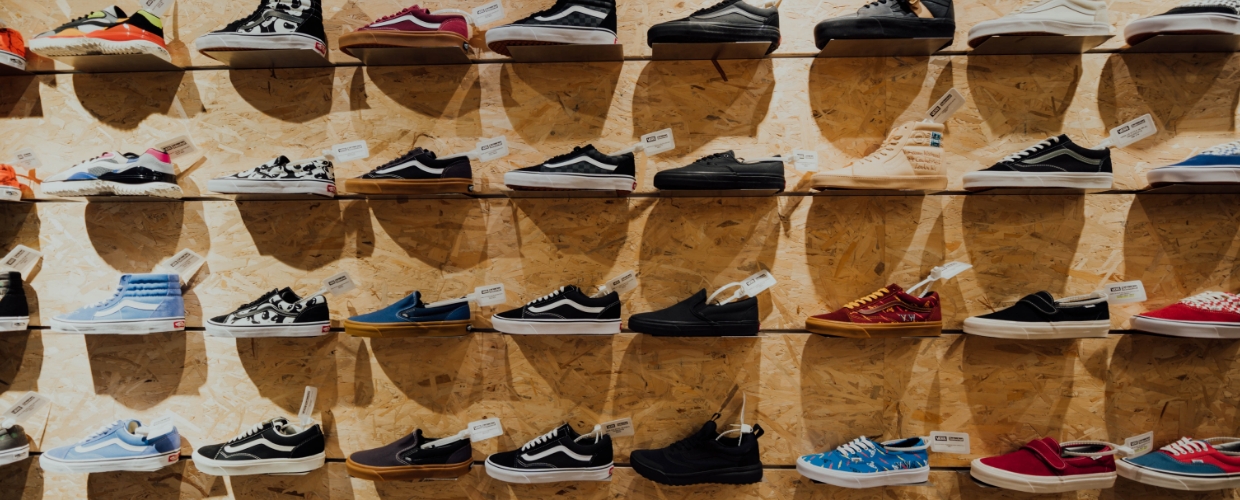The Power of Emotion: Fabric Philosophy
Start Here
We firmly believe the best consumer insights are the ones rooted in an emotional understanding of people. We would argue that the vast majority of human motivation, behavior, attitude, belonging and ultimately, decision-making, is driven by emotion.
The “why” is absolutely important as table stakes for any qualitative market research study. However, the most successful brands, ad campaigns and product designs connect with people on a deeper emotional level.
That’s why we focus on video; it’s the most emotional of all media. It allows people to express themselves more authentically, fully and genuinely than they can using the written word. Video captures tone of voice and shows facial expressions, enabling the researcher to connect human-to-human with the respondent. Video is also the most data-rich research artifact, encompassing video, audio and transcripts.

Emotion-Based Proprietary AI
Emotion is the driver motivating us to develop our own proprietary AI. Our AI is specifically programmed to be responsive to sentiment and emotion. We purpose-built our AI from scratch to be a simple, elegant ‘research assistant’ that helps researchers work faster. Our AI assistant speeds up qualitative data analysis by identifying the most emotionally engaged videos and quotes. It also tracks eight primary emotions.
Emotional Insights in the Marketplace
Our founder, Tom Bassett, has worked in advertising and product design for some of the most valuable brands in the world. This work showed clearly the importance of emotional insights in successful brands. Here are a few examples of insights he helped identify:
Olympic athletes have an intensity and near-pathological desire for victory.

This emotional insight led to the industry-famous creative brief: How do we communicate the idea that to the Nike athlete, “Sport is war minus the killing?” The fuller story is told by John C Jay of Nike’s ad agency, Wieden & Kennedy, in “Briefly,” a documentary film about the creative brief.
Working with ultrasound technology makes doctors feel like superheroes.

Despite the environment of anxiety that physicians say surround their work—the possibility of malpractice suits, digital record keeping, new technologies—we found that they all experience personal superhero moments working with ultrasound, which gives them a massive surge of confidence. This emotional insight led to award-winning product design for SonoSite, the #1 brand of portable ultrasound.













